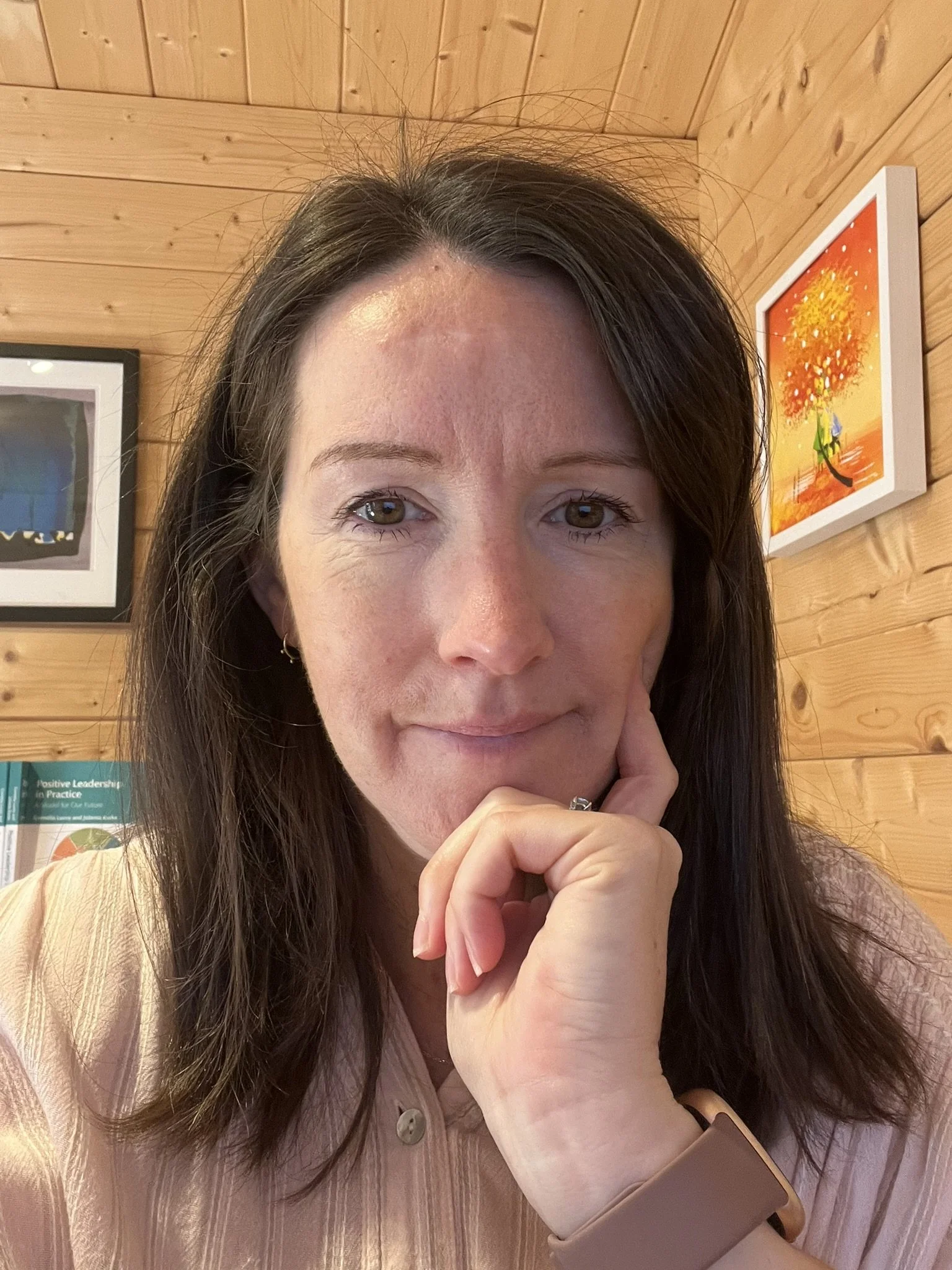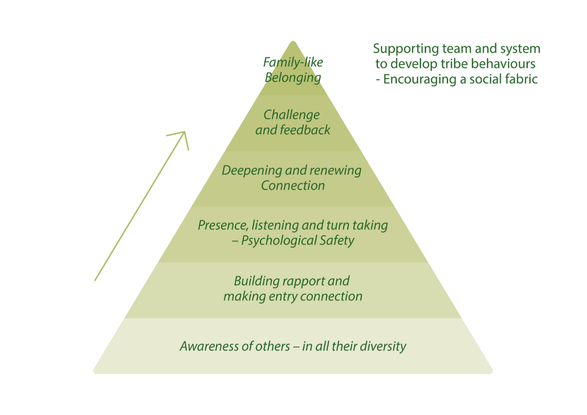What is Positive Conflict?
Positive Conflict is the practice of leaning into tension with purpose, using it to spark growth, deepen trust, and strengthen performance. It’s not about avoiding discomfort. It’s about balancing compassion with accountability, and being generous with feedback, even when it’s hard.
This kind of leadership doesn’t shy away from challenge. It embraces it with clarity, care, and courage.
Why Does it Matter?
In high-performing teams, conflict isn’t a threat - it’s a signal. A sign that something needs attention. That growth is knocking.
But for conflict to be constructive, leaders need to create the conditions for it to thrive:
Trust must be strong enough to hold tension.
Feedback must be clear, timely, and anchored in good intent.
Repair must be possible when ruptures occur.
Opportunity to reframe:
Think of feedback as a relational bridge. To cross it, we need to build trust, safety, and responsibility. The Hierarchy of Relational Needs reminds us that before we challenge, we must connect. Before we stretch, we must support
The Hierarchy of Relational Needs
(inspired by Maslow’s Hierarchy of Needs)
Leading with Positive Conflict: 6 Practices from psychologists
Here are six science-backed ways to lead through conflict with clarity and care:
Start with strengths
Before a tough conversation, write down 2–3 key strengths the person demonstrates. Use these to frame the dialogue constructively:
“One of your strengths is your strategic thinking. I wonder how that’s showing up in this situation…”
This approach builds trust, reduces defensiveness, and keeps the conversation anchored in growth.
Clarify the Issue
What specific behaviours need addressing? Use strengths as anchors.Choose the Right Time & Environment
Pick a calm, neutral setting. Make space for openness and psychological safety.Anticipate Reactions
Consider how individuals' strengths shape responses. Prepare with empathy, not just strategy.Be CURIOUS and Ask the Tough Questions
“What’s really going on?” “What’s the impact?” “What would great look like?”Model Stretch and Accountability
Set high expectations. Give clear, caring feedback.
Final Thought:
Through my coaching and consulting with both individuals, teams and organisations, I’ve come to see that conflict isn’t the opposite of harmony; it’s often the path that leads to success. When we lean into it with intention, we don’t just resolve tension, we build trust, resilience, and deeper connection. It gets the elephant in the room spoken about, and often leads to much more open and healthy re-contracting.
Leaders don’t need to fear conflict. They need to learn how to use it well.


